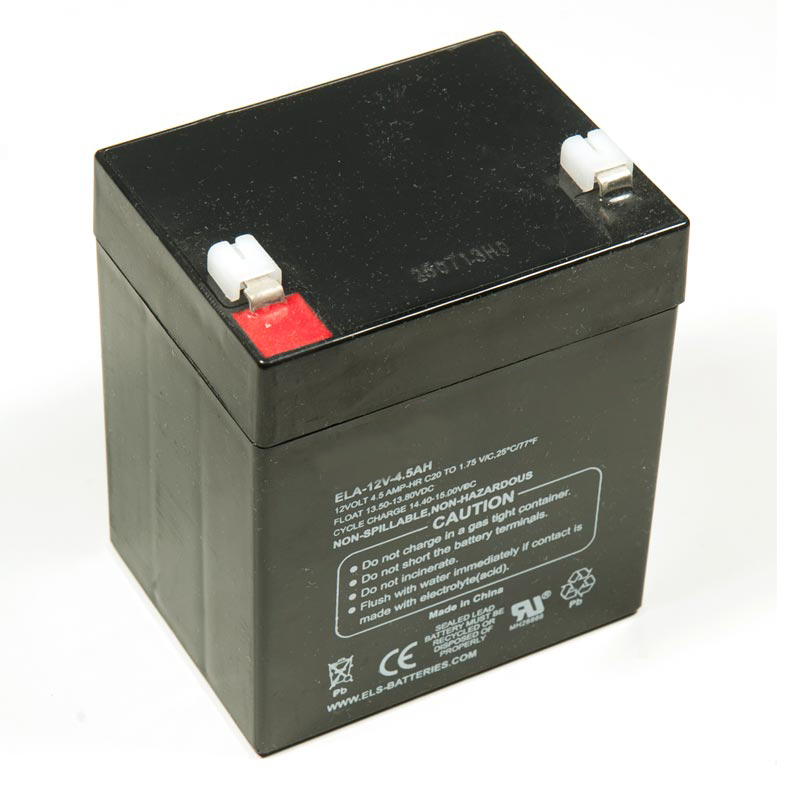When installing small sealed batteries, such as sealed lead-acid (SLA) batteries or lithium-ion batteries, it’s important to take certain precautions to ensure safety and optimal performance.
- Read the Manufacturer’s Instructions: Always read and follow the manufacturer’s instructions and guidelines for installation, use, and maintenance of the specific battery model you are installing.
- Handle with Care: Handle batteries carefully to prevent damage or puncture to the casing, which could lead to electrolyte leakage or thermal runaway in the case of lithium-ion batteries.
- Check Voltage and Polarity: Ensure that the voltage rating and polarity of the battery match the requirements of the device or system you are installing it into. Installing a battery with the wrong voltage or reversed polarity can damage the device or cause safety hazards.
- Provide Adequate Ventilation: Although sealed batteries do not typically vent gases during normal operation like flooded lead-acid batteries, they may still generate heat during charging and discharging. Ensure that the installation area has adequate ventilation to dissipate heat and prevent the buildup of potentially flammable gases in the case of lithium-ion batteries.
- Secure Mounting: Securely mount the battery in its designated location using appropriate hardware or mounting brackets to prevent movement or vibration that could damage the battery or its connections.
- Avoid Overcharging: If installing rechargeable batteries, use a compatible charger and follow the recommended charging voltage and current specifications provided by the manufacturer. Avoid overcharging, as this can shorten the battery’s lifespan and pose safety risks, especially for lithium-ion batteries.
- Protect from Extreme Temperatures: Sealed batteries, especially lithium-ion batteries, are sensitive to temperature extremes. Install them in an environment with moderate temperatures and avoid exposing them to prolonged periods of high heat or freezing temperatures, which can degrade performance and reduce lifespan.
- Inspect Regularly: Periodically inspect the battery and its connections for signs of damage, corrosion, or swelling. Address any issues promptly to prevent safety hazards and ensure continued performance.
- Dispose of Old Batteries Properly: When replacing old batteries, dispose of them according to local regulations for hazardous waste disposal or recycling. Many jurisdictions have specific guidelines for the safe disposal and recycling of batteries to minimize environmental impact.
By following these precautions, you can safely install and use small sealed batteries in various applications while maximizing their performance and lifespan.


